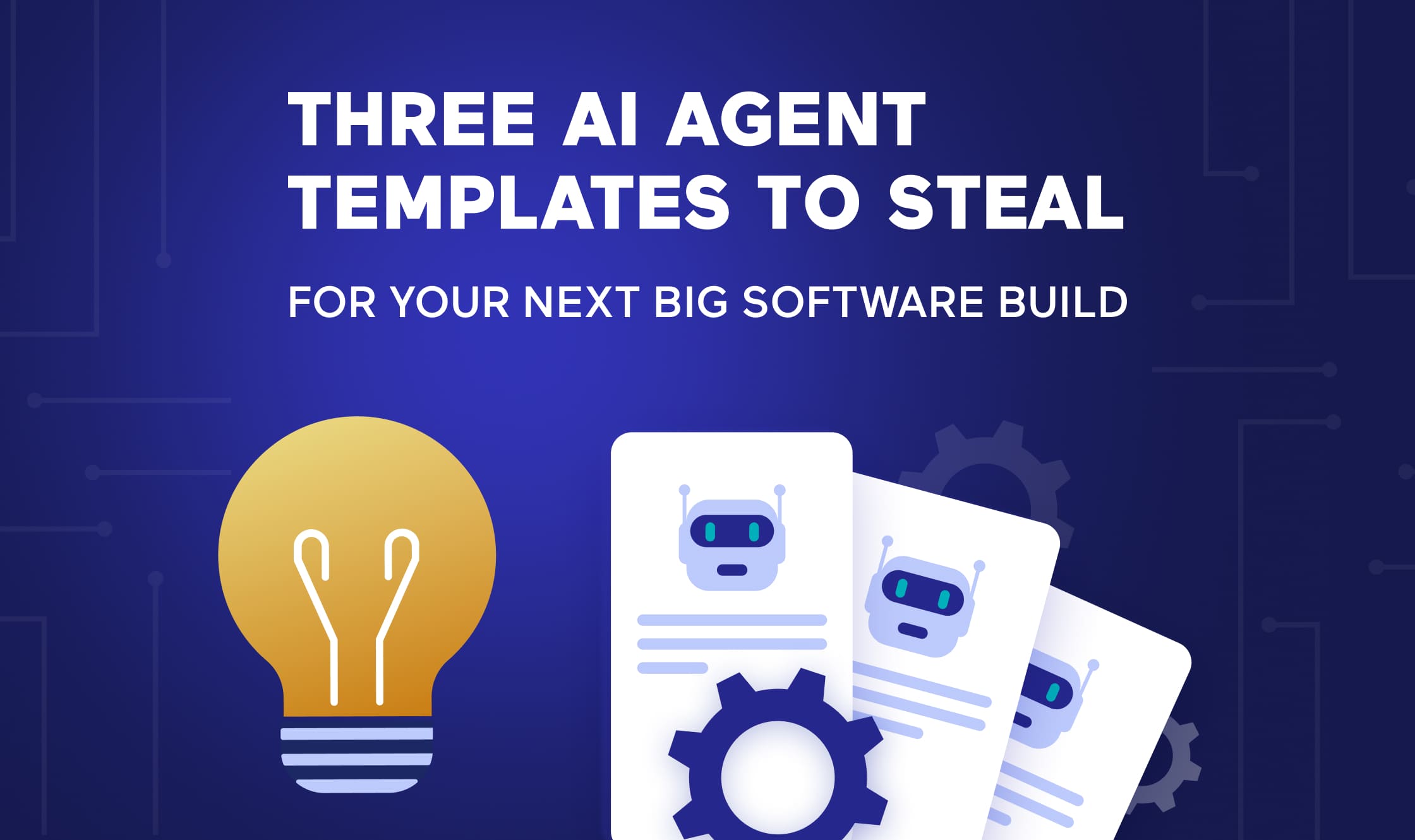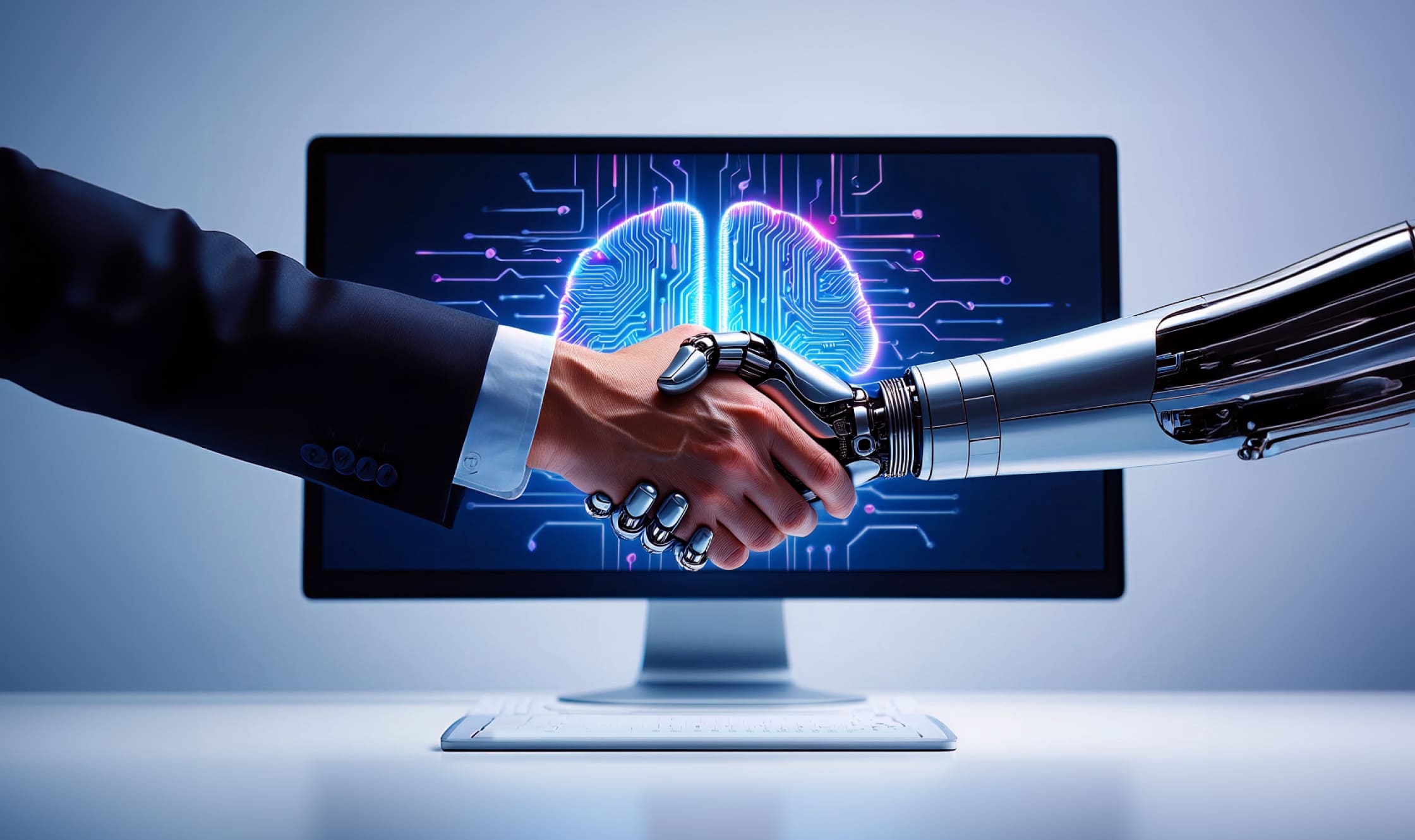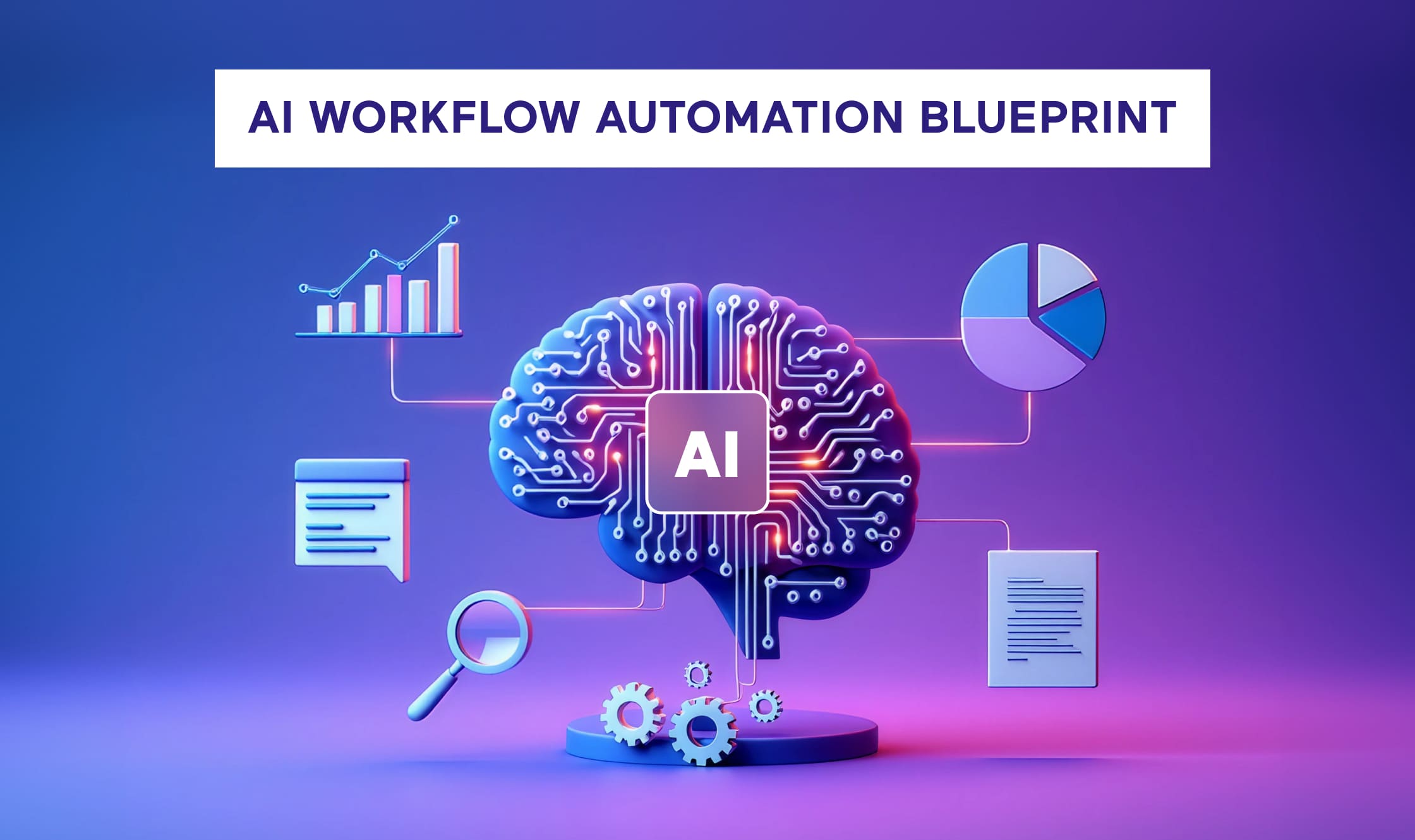The landscape of artificial intelligence is rapidly evolving beyond traditional language models toward more sophisticated agent-based systems. While Google’s research has established fundamental frameworks for understanding AI agents, practical implementations like Wippy are pushing boundaries by creating tangible solutions for business automation. Let’s explore how theoretical frameworks translate into real-world applications.
The Evolution from Models to Agents
To understand the significance of modern AI agents, we need to first recognize the fundamental shift from static language models to dynamic agent systems. Traditional language models operate within the constraints of their training data, essentially providing sophisticated pattern matching and text generation. AI agents, however, represent a significant evolutionary step forward.
An AI agent combines a language model with two critical additional components: a suite of tools for interacting with external systems, and an orchestration layer that governs decision-making and action sequences. Think of it like the difference between having a consultant who can only give advice (language model) versus having an employee who can actually access your systems and execute tasks (AI agent).
Wippy takes this architecture further by implementing a multi-agent system where specialized agents work together, similar to how different departments in a company collaborate. Each agent serves as a digital employee with specific expertise, whether it’s processing unstructured documents, managing workflows, or coordinating with other agents. This approach allows for more complex problem-solving than single-agent systems can achieve.
The Architecture of Modern AI Agents
The core architecture of AI agents consists of three fundamental layers, each serving a crucial role in the system’s functionality:
- The Model Layer: This serves as the cognitive engine, handling reasoning and decision-making. In Wippy’s implementation, this layer is enhanced with specialized training for different business domains, allowing agents to understand industry-specific context and requirements.
- The Tools Layer: This provides the agent’s capabilities for real-world interaction. Wippy implements this through a comprehensive API integration system, allowing agents to interact with various business systems, from CRM platforms to financial databases. What makes this particularly powerful is that tools can be dynamically added or modified, allowing the system to evolve with business needs.
- The Orchestration Layer: This coordinates the agent’s activities, managing the flow between observation, reasoning, and action. Wippy’s implementation uses an event-driven architecture, allowing agents to respond to system events and coordinate their activities in real-time.
Cognitive Architectures in Practice
The implementation of cognitive architectures in AI agents represents one of the most fascinating aspects of this technology. These architectures determine how agents reason about problems and develop solutions. Let’s examine how these work in practice:
Chain-of-Thought (CoT) reasoning allows agents to break down complex problems into manageable steps. For instance, when Wippy processes an earnings report, it might:
- First analyze historical financial data
- Then identify key performance indicators
- Finally synthesize this information into actionable insights
The Tree-of-Thoughts (ToT) architecture takes this further by exploring multiple potential solution paths simultaneously. This is particularly valuable in complex business scenarios where there might be multiple valid approaches to a problem. Wippy uses this architecture to evaluate different workflow optimization strategies, considering various factors like resource allocation, timing constraints, and interdependencies.
Real-World Applications and Impact
The practical implementation of these architectural principles becomes clear when we examine specific use cases. Consider an investor relations workflow: Wippy’s agents don’t just process information sequentially; they maintain awareness of regulatory requirements, company communication standards, and market context simultaneously. This results in more nuanced and accurate outputs than traditional automation solutions could provide.
What makes this particularly powerful is the self-modifying nature of Wippy’s framework. The system can evolve its own codebase and workflows based on performance data and changing requirements. This represents a significant advance over traditional static automation systems, as it allows for continuous optimization without manual intervention.
Looking Forward: The Future of AI Agents
As we look to what is possible in 2025 and the future, the distinction between theoretical frameworks and practical implementations continues to blur and we are in the first inning of this revolution. Wippy’s approach of combining multiple specialized agents with self-modification capabilities points to a future where AI systems become increasingly autonomous and capable and the beckoning of a new hybrid workforce that will allow businesses to achieve outsized returns with fewer resources. The key will be maintaining the balance between automation and human oversight, so that we make sure that these systems strengthen rather than replace human decision-making which we still believe will always be wanted/needed.
What makes this particularly exciting is the potential for democratization of complex business processes and the ability for legacy businesses to either rapidly catch up or be passed by nimble, single person startups. By packaging human expertise and tribal knowledge into specialized agents, Wippy makes sophisticated workflows accessible to organizations that might not have the resources and budget for large specialized teams. This we believe will fundamentally change how businesses approach digital transformation, modernizing legacy software and process automation.
Through this lens, we can see that the future of AI agents isn’t just about technological advancement – it’s about making complex business processes more accessible and manageable for organizations of all sizes, building hybrid workforces that harness and control AI agents, and freeing up humans to focus on strategic solutions that grow their business. As these agentic systems continue to evolve, they will likely become an increasingly integral part of how businesses operate and innovate.



